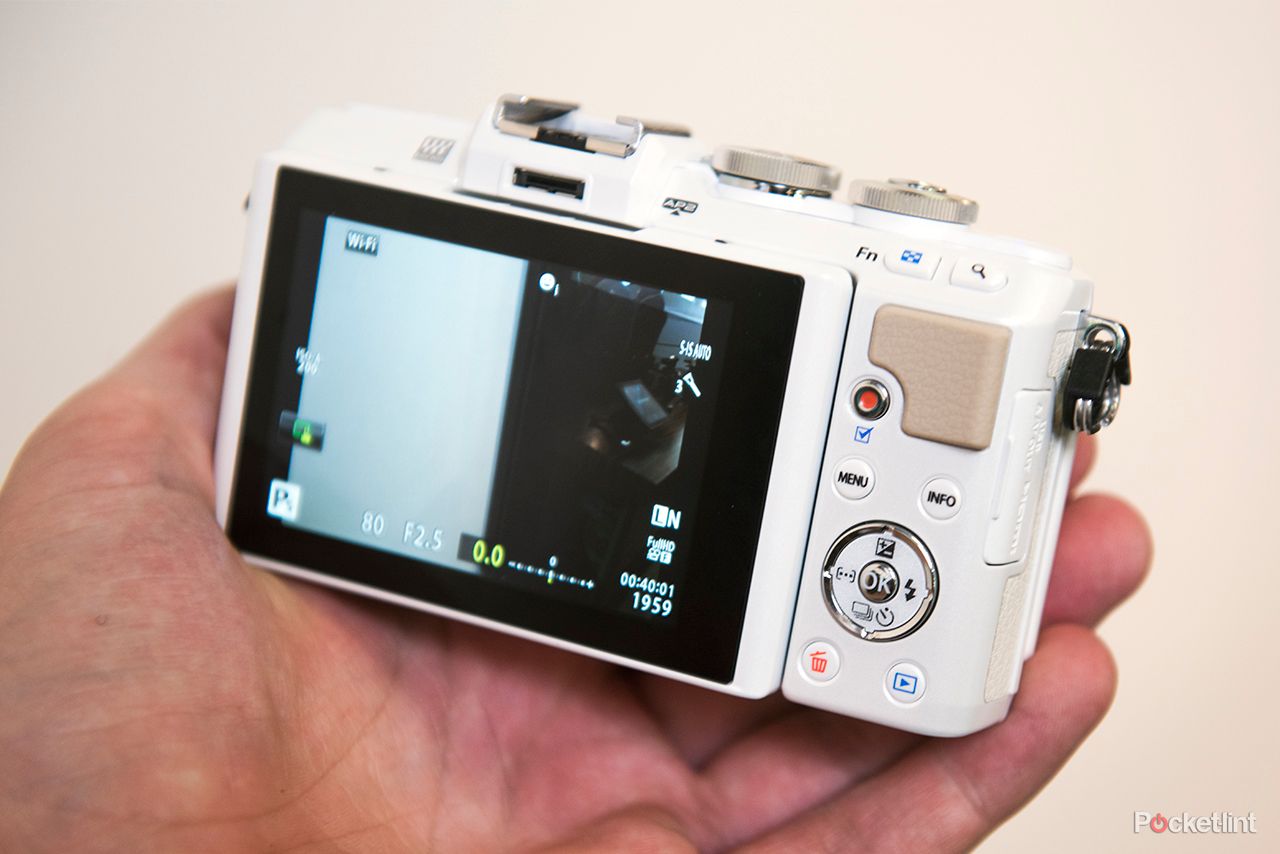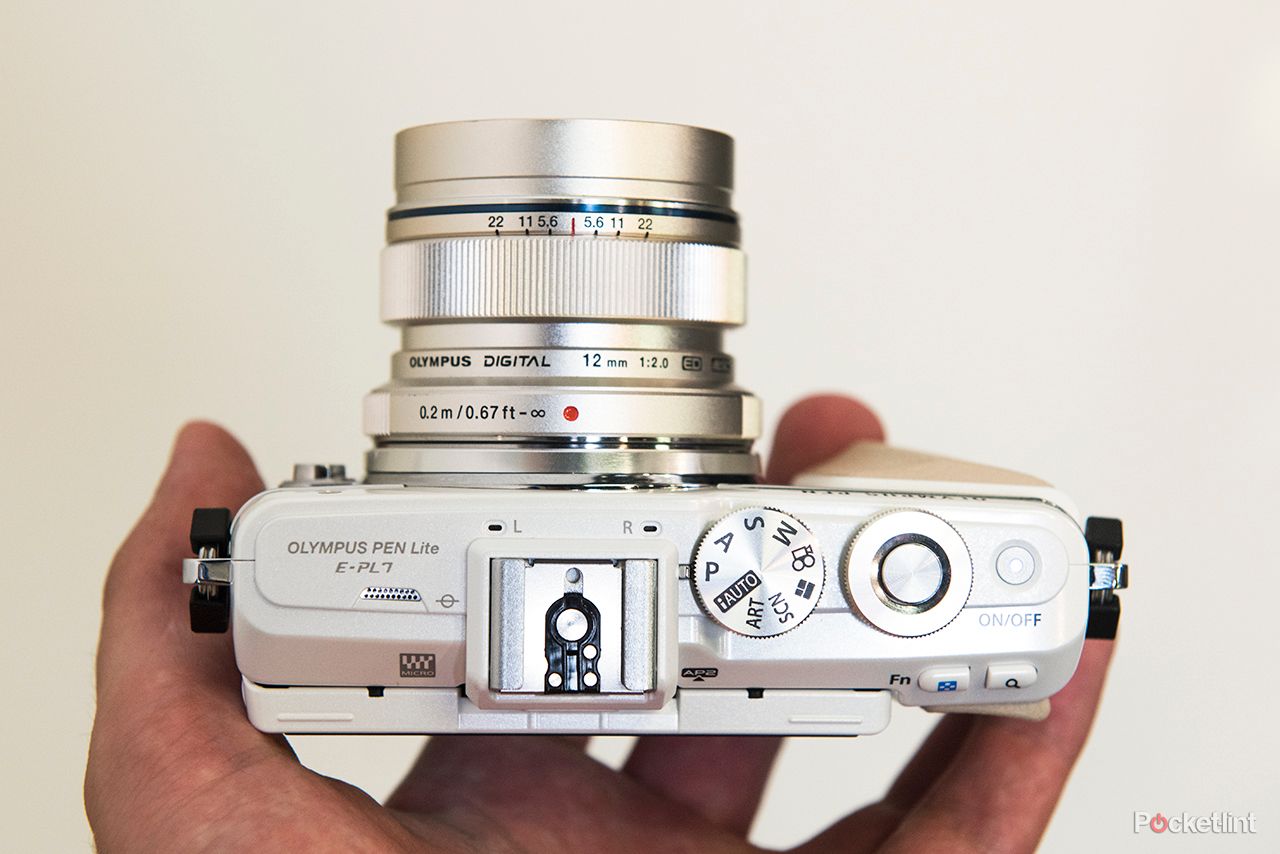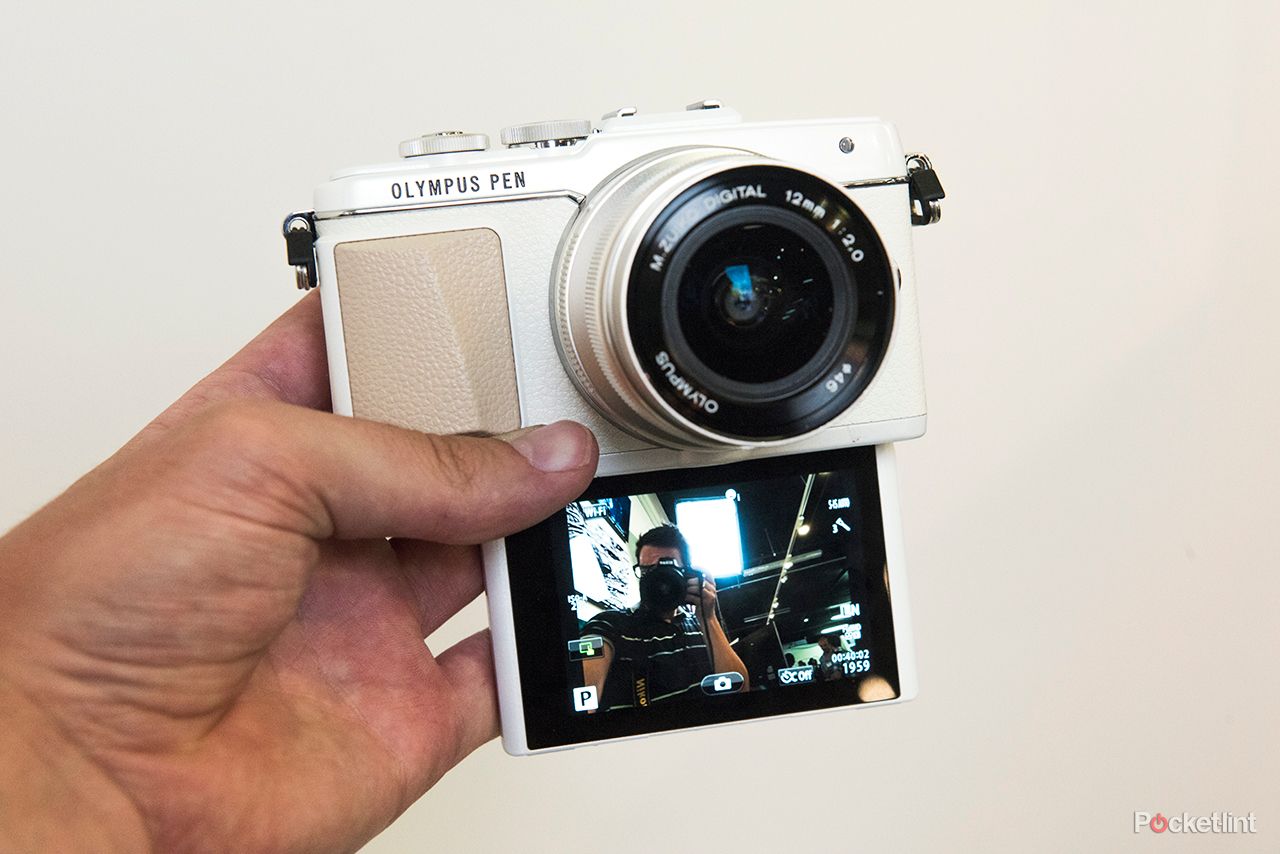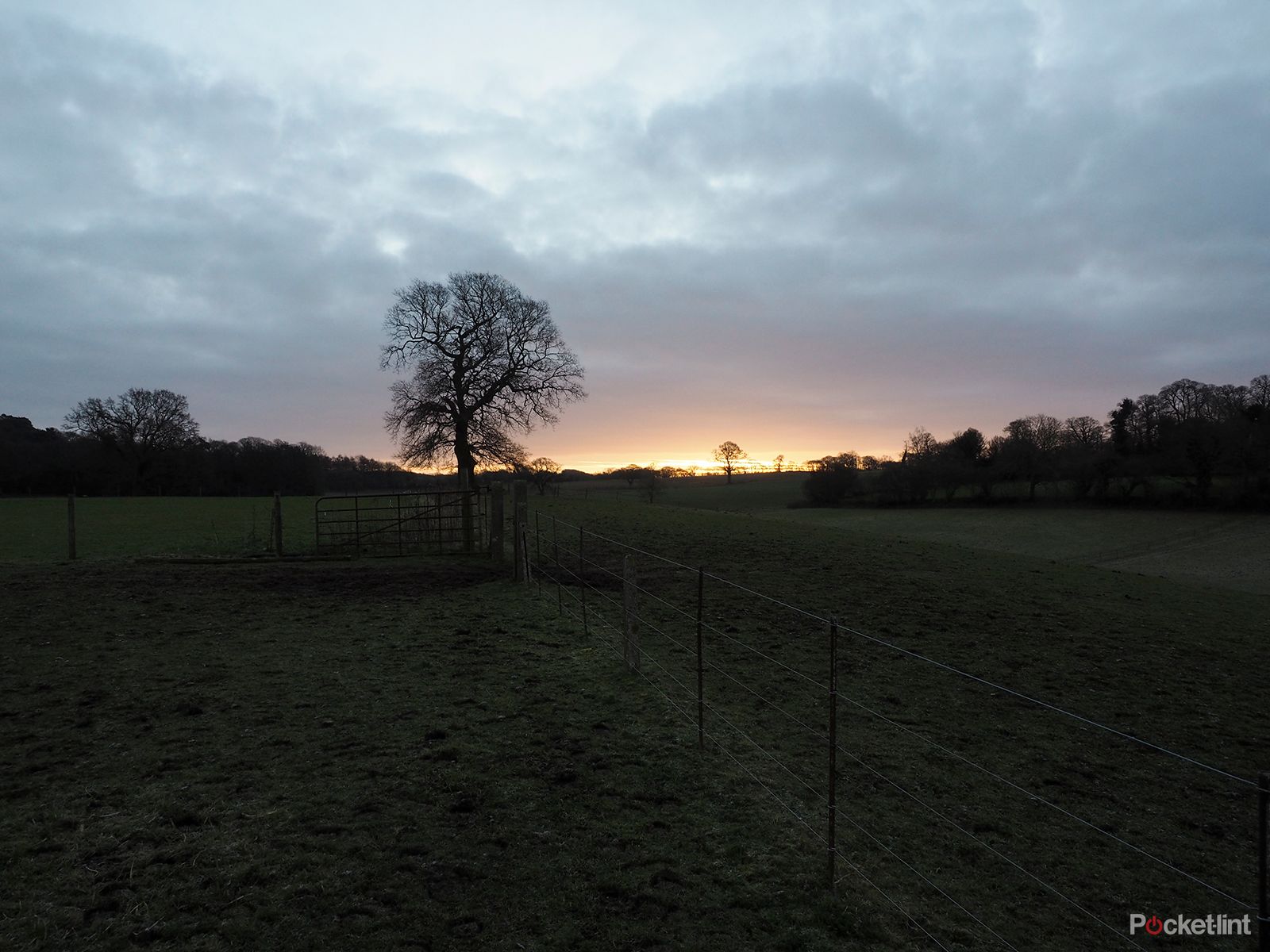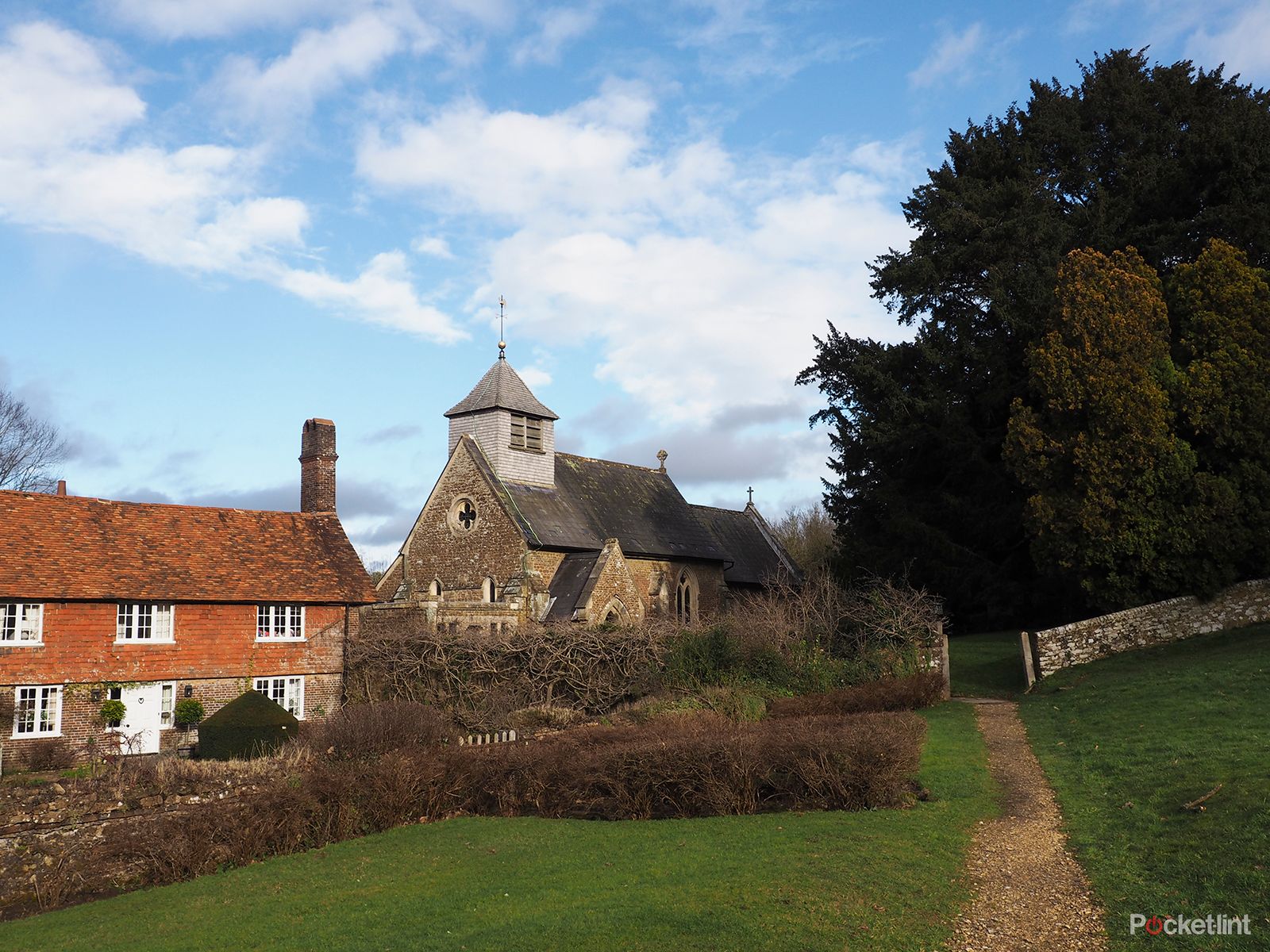With fun features such as a "selfie screen", pared down controls and a user-friendly interface, the Olympus PEN E-PL7 is primarily aimed at point-and-shoot users. However, experienced photographers can find plenty of depth to keep their interest, with enough manual control to feel serious, and with the option of adding accessories such as an electronic viewfinder.
Our quick take
Like its E-PL5 predecessor, the E-PL7 at first seems like a small series of steady improvements rolled into the one camera, with a more sophisticated autofocus system, better overall handling and Wi-Fi. But that makes it a solid bit of kit, especially when considering unique features such as that downward-facing selfie screen.
Even if it's not our favourite model in the range, the entry-level £399 price point and happy mix of point-and-shoot readiness with manual control make it downright fun to use - irrelevant of whether you want to selfie screen feature or not.
The main downside isn't a direct fault of the camera, per se, it's the strength of the competition, with smaller options from Panasonic such as the GM1 and more image-quality-focused options from Fujifilm. The E-PL5 stood out two years ago, so we can't help but feel that some of the E-PL7's changes feel too slight in today's market.
But all said, for the money you'd struggle to find a compact system camera better than the Olympus Pen E-PL7. It's a savvy, stylish purchase whatever your photographic abilities.
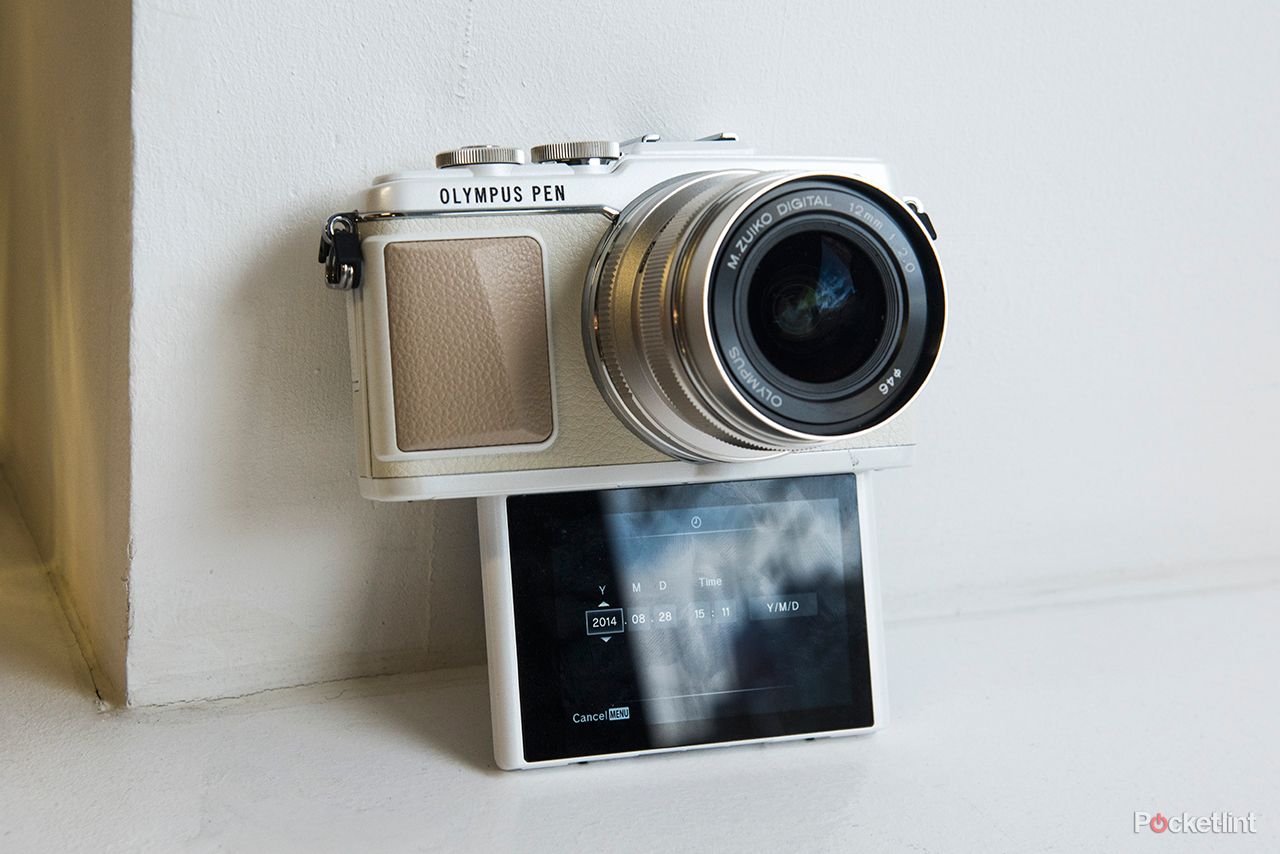
Olympus Pen E-PL7 - 4.5 / 5
| FOR | AGAINST |
|---|---|
|
|
Olympus PEN E-PL7
If you've seen the marketing for the latest Olympus PEN E-PL7, and are put off by its selfie screens and the like, then don't be. It's not all gimmickry, with style high on the agenda. The E-PL7 certainly is attractive and there's more than just its looks on offer.
As the sixth model in the E-PL series, does the E-PL7 offer enough to keep it up to scratch compared to the entry-level compact system camera competition?
Design
There is no mistake that the E-PL7 belongs to the PEN "Lite" range, but this sixth iteration is a step in the right direction towards the more luxury Olympus PEN E-P5, adopting the traditional rangefinder style with faux-leather body-finish (previous E-PL versions feature a smooth and therefore more slippery finish). The model in for review is the black and silver version, which looks lovely, but the camera is available in other colours too.
Constructed from both plastic and metal, the E-PL7 is lightweight and compact but feels solid in the hand. It's actually a fraction larger and heavier than its predecessor which somewhat bucks the smaller and lighter trend, but that's for the sake of a more versatile tilting screen - more on that later.
Most of the camera's buttons and dials are duly sturdy, although the rear four-way control pad and battery/memory card door feel a bit cheap. But perhaps that's fitting for the £400 asking price.
A very welcome tweak is that the control dial is now in the convenient place around the shutter button and handles perfectly, with minimal resistance. In the previous E-PL5 this dial is around the four-way control pad on the rear which is much more fiddly and prone to being knocked by accident.
Sensible design and placement of the thumb grip and front grip allows comfortable single-handed operation without knocking any of the other controls.
Given its compact size and pared down controls, the E-PL7 has its work cut out to cater for the enthusiast photographer. Although there is only one dedicated function button, virtually all of the buttons can be assigned a control for quick access, to your preference. If you want twin dials for even quicker manual control, then the E-P5 offers that.
Selfie time
The LCD touchscreen dominates the rear of the camera and is a joy to use for touch focus and shutter. The display is bright and crisp - although it's necessary to brighten the output to maximum when shooting in bright daylight.
The screen's 1,037k-dot resolution matches other high-spec Olympus compact system cameras and it's now a 3:2 aspect ratio (rather than 16:9), which means more of the screen is used when shooting full resolution 4:3 aspect images.
What is clearly different is the E-PL7's party trick: when flipped around for front viewing, the LCD screen sits underneath the camera. A flip-round screen is nothing new, but no other camera opts for an underside screen position, it's always above the camera. A nice, unique touch.
A screen underneath the camera holds a couple of subtle benefits too: selfies look better when people are looking straight to the camera and not at a screen off to the side; and screens that sit above the camera (like in the E-PL5) can be part obstructed by the flash or viewfinder (and the E-PL7 accepts both of these as accessories).
Given recent trends, it comes as no surprise that the E-PL7 now offers Olympus's excellent Wi-Fi function. The free Olympus Image Share app (OIS, not to be confused with optical image stabilisation) is available for Android and iOS devices and works seamlessly. We've been increasingly impressed with how well the Olympus Wi-Fi feature works for remote shooting - using a smartphone to trigger the camera - and loading pictures to smart device for editing and social sharing.
Performance
Perhaps one of the biggest improvements compared to the already decent E-PL5 performance is the E-PL7's auto-focus system. It's the same 81-point system that can be found in the Olympus OM-D EM1, the company's flagship compact system camera. Its near instant to get sharp pictures in most situations and touchscreen AF adds an extra option for easy focusing. As is typical of such cameras, though, in really low contrast light the camera does hunt for subjects a little and the hit ratio of sharp results decreases.
Olympus Pen E-PL7 review - sample image at ISO 400 - click for full size JPEG crop | raw crop
Three-axis on sensor stabilisation is claimed to be effective to 3.5-stops, which means you can get away with slightly slower shutter speeds and avoid blurred images. The system is also used for sensor cleaning, which is an important feature for a mirrorless camera because the sensor is directly exposed when a lens is taken off. It's an effective system too; we've shot some 1/4th sec shots at various focal lengths up to 50mm and they've still come away with picture just sharp enough. Stabilisation is also reasonable for handheld movie shooting, avoiding the ultra-jerky movement that can otherwise be an issue.
If you don't want to worry about the detailed settings then Auto ISO is a useful feature, whereby the camera adjusts the sensitivity required to make an accurate exposure at a given setting. However, as there is no manual control of the minimum shutter speed within the menus, its use is limited - as all too often the shutter will opt to be slower than desired.
One Olympus trademark is the presence of Art Filters - in-camera styles, offering painterly finishes to shots. In the E-PL7 there are two new ones, making 14 in all. Although we're not a fan of all the Art Filters, some offer appeal. If you're a mega-fan then all 14 filters can be applied separately to a shot, producing 14 different images with a single press of the shutter button when in the bracketing setting.
Olympus Pen E-PL7 review - sample image at ISO 200 - click for full size JPEG crop | raw crop
With the inclusion of Wi-Fi and Olympus Image Share, Art Filters can be applied post capture to a standard picture in the Edit Photos section of the app, which we think makes the in-camera function somewhat redundant, especially considering the added processing time.
Image quality
Olympus has found its sweet spot in the image quality department, the E-PL7 relying on the same 16-megapixel Micro Four Thirds sensor as found in the earlier E-PL5 and many other Olympus Pen models. Aside from using the latest TruePic VII processor, which can also be found in the Olympus OM-D EM10, the E-PL7's results are one and the same as its predecessor, dependent on lens selection of course. But that's no bad thing - we admired this sensor when we first saw its results.
Olympus Pen E-PL7 review - sample image at ISO 1250 - click for full size JPEG crop | raw crop
The base ISO 200 setting is a little restrictive when it comes to using wide apertures in bright daylight or when trying for long exposures, but the image quality at this setting is great. In fact, we're really happy with picture quality up to ISO 800, which means shooting in relatively dim conditions will be no problem at all. The resulting colours are lovely - blue skies and green hillsides are punchy, while skin tones are accurate.
At ISO 1600 and higher, image noise becomes evident and this results in progressively less crisp shots, as image processing renders detail more "mushy". The overall feel is of limited contrast. Certainly the top ISO 25,600 setting is more for emergency only, one of those figure-grabbing headlines than a particularly handy option.
Olympus Pen E-PL7 review - sample image at ISO 200 - click for full size JPEG crop | raw crop
Ultimately, when good contrast light is available, the E-PL7 is an excellent performer, as we've seen in our images. It's just when the camera is pushed to its limits in low contrast light that it can't quite match, say, the Fujifilm X-Trans CMOS II sensor, as found in the X-E2.
That said, for the money and the physical size of the system, its difficult to criticise the E-PL7's generally excellent image quality.

